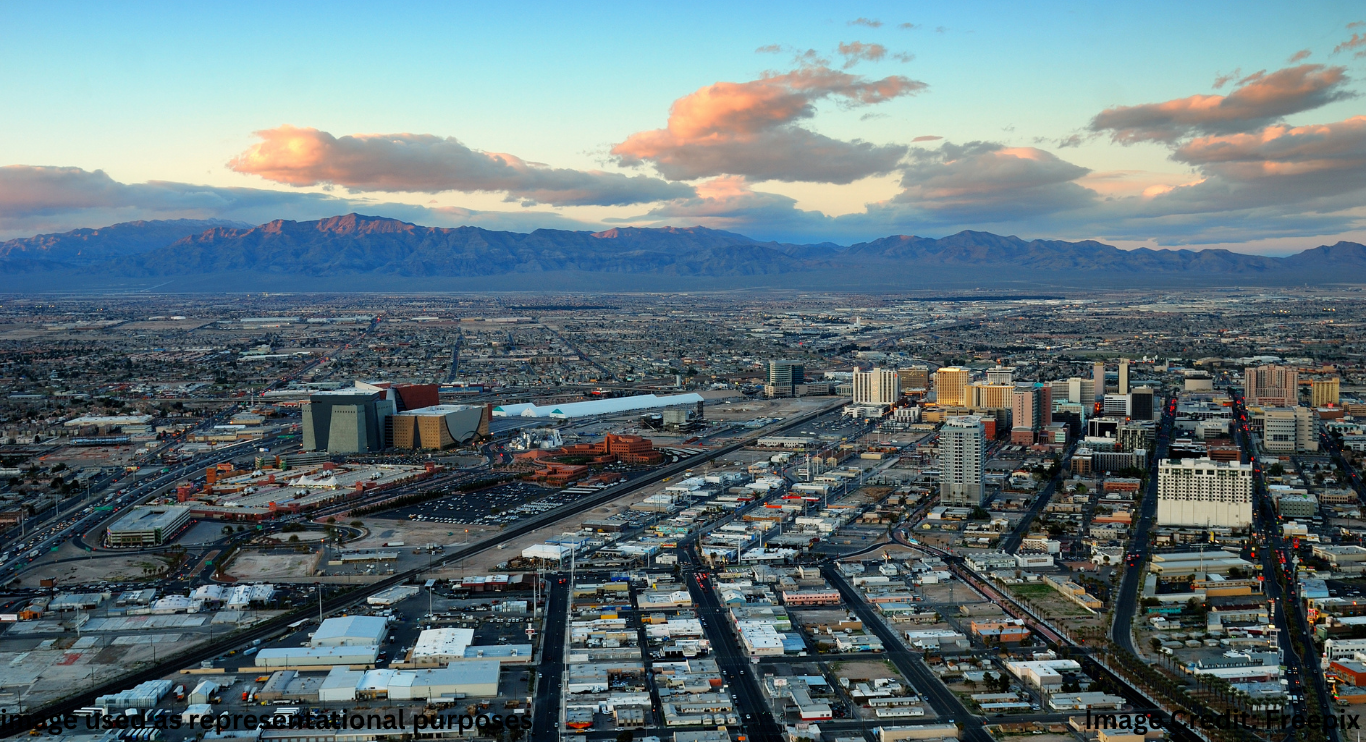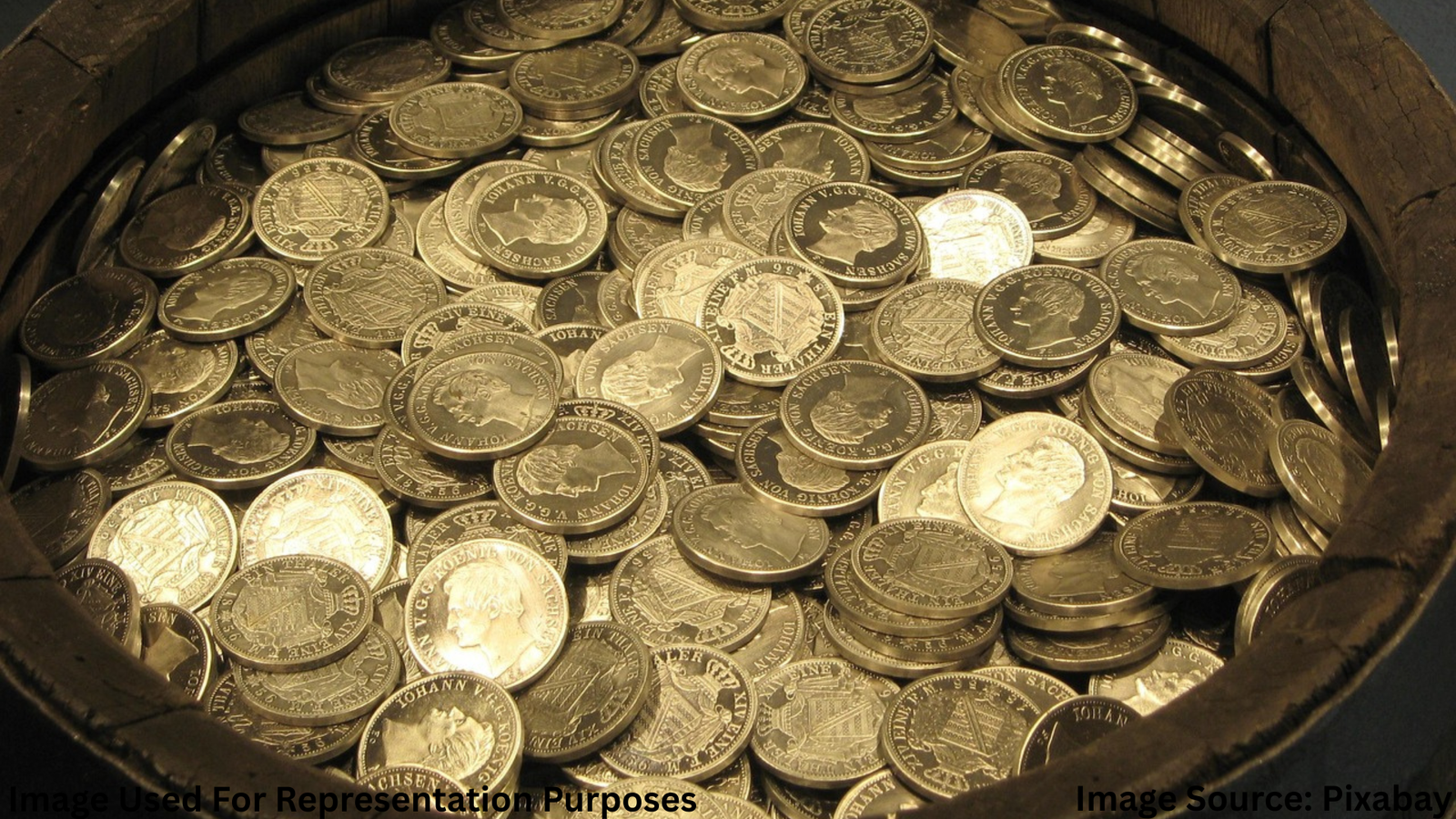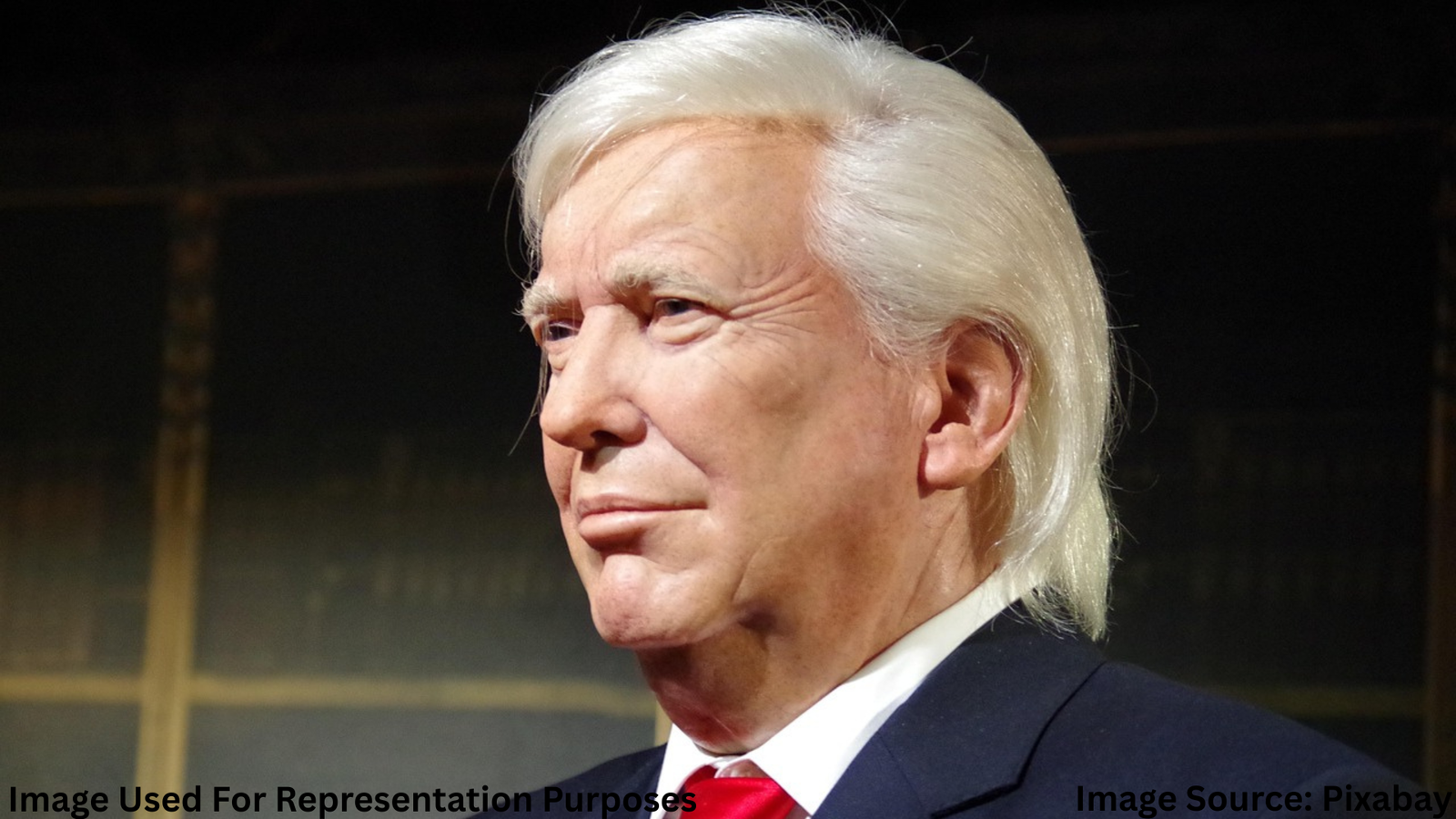
A Firestorm in the Rockies
In the summer of 2025, the Colorado Wildfire Evacuation became a gripping headline, not only in local news but across national broadcasts. With flames tearing through dry forests and grasslands, families had only minutes to flee their homes. What followed was an inspiring story of community resilience, fast-acting emergency services, and life-saving decisions made under pressure.
Understanding the Colorado Wildfire Evacuation
The Colorado Wildfire Evacuation began in early July when several fires broke out near Boulder, Colorado Springs, and parts of Jefferson County. Fed by hot, dry winds and bone-dry brush, the fires grew rapidly. Mandatory evacuation orders were issued to over 30,000 residents, with many more on alert.
According to Colorado Division of Fire Prevention and Control, this year’s fire season is the worst since 2020, with over 100,000 acres burned by mid-July.
Real-Life Accounts: When the Fire Hit Home
Amy Johnson, a mother of three from Lafayette, Colorado, shared her experience:
“I had just put dinner on the stove when my neighbor came banging on the door. We had maybe five minutes to pack up and leave. I couldn’t even grab photo albums. But we’re alive, and that’s what matters.”
In stories like Amy’s, we find the true impact of the Colorado Wildfire Evacuation. These aren’t just news clips; they’re moments of human vulnerability and strength.
What Causes These Wildfires in Colorado?
Wildfires in Colorado are often caused by a mix of natural and human factors:
Lightning strikes
Unattended campfires
Downed power lines
Arid conditions caused by climate change
The ongoing drought and heatwave made this year’s fires more dangerous. Trees weakened by beetle infestations provided easy fuel for fast-moving flames.
Emergency Response: Quick Thinking Saves Lives
Local fire departments, state officials, and the National Guard sprang into action as soon as evacuation orders were issued. The Federal Emergency Management Agency (FEMA) also coordinated shelter and relief efforts for displaced families.
Evacuation maps were constantly updated. Helicopters dropped fire retardant while ground crews worked tirelessly to hold the lines. Authorities noted that cooperation from citizens played a significant role in the success of the evacuation efforts.
How Residents Can Prepare for Wildfires
Preparation is essential. Here are a few practical steps Colorado residents are urged to take:
Create a defensible zone around your home by clearing dry vegetation.
Keep a “go-bag” with essentials: documents, medications, water, and non-perishable food.
Sign up for local emergency alerts.
Practice family evacuation plans regularly.
These preparations were lifesavers for those affected by the recent Colorado Wildfire Evacuation.
Evacuation Tips from Locals and Experts
Experts recommend the following during evacuation:
Don’t delay. Leave as soon as you’re told.
Keep vehicles fueled and parked facing the road.
Leave a visible note for firefighters if you evacuate.
Take pets and livestock when possible.
Local veterinarian Dr. Alex Ruiz shared:
“One woman brought her three cats and a parrot in her backpack. It was unconventional, but it worked.”
The Role of Climate in Increasing Wildfire Risk
The frequency and intensity of wildfires in Colorado have been steadily increasing, largely due to climate change. Warmer temperatures dry out vegetation, making forests more flammable. This season’s wildfires highlight the urgent need for climate adaptation strategies.
According to a report by the EPA, western states like Colorado are experiencing a longer wildfire season each year, averaging 78 days more than in the 1970s.
Community Support and Relief Efforts
Following the evacuation, Colorado’s community response has been nothing short of heroic. Churches, schools, and community centers opened their doors to evacuees.
The American Red Cross and Team Rubicon coordinated relief, offering shelter, food, and emotional support. Volunteers donated clothes, raised funds, and even rescued stranded animals.
One local high school senior, Jayden, organized a blanket drive that collected over 500 items in two days.
“We had to do something. These are our neighbors,” he said.
Long-Term Solutions for Colorado Wildfires
To prevent future Colorado Wildfire Evacuations, experts suggest:
Improved forest management: controlled burns and clearing underbrush
Investment in fire-resistant housing materials
Community education programs
Stricter regulations on outdoor fires
Lawmakers in Colorado are now proposing new legislation to improve emergency preparedness and expand funding for rural fire departments.
Final Thoughts
The Colorado Wildfire Evacuation of 2025 has tested the limits of emergency response and community strength. While the flames threatened lives and homes, they also revealed the courage and unity of Colorado residents.
Moving forward, preparation and climate adaptation will be critical. But one thing is clear—when disaster struck, Colorado didn’t run away. It came together.

Akalumhe Jefferson is a content writer with a new found interest for crafting engaging stories that transport readers to new worlds. Although no current actual background in creative writing but there’s active love for writing



